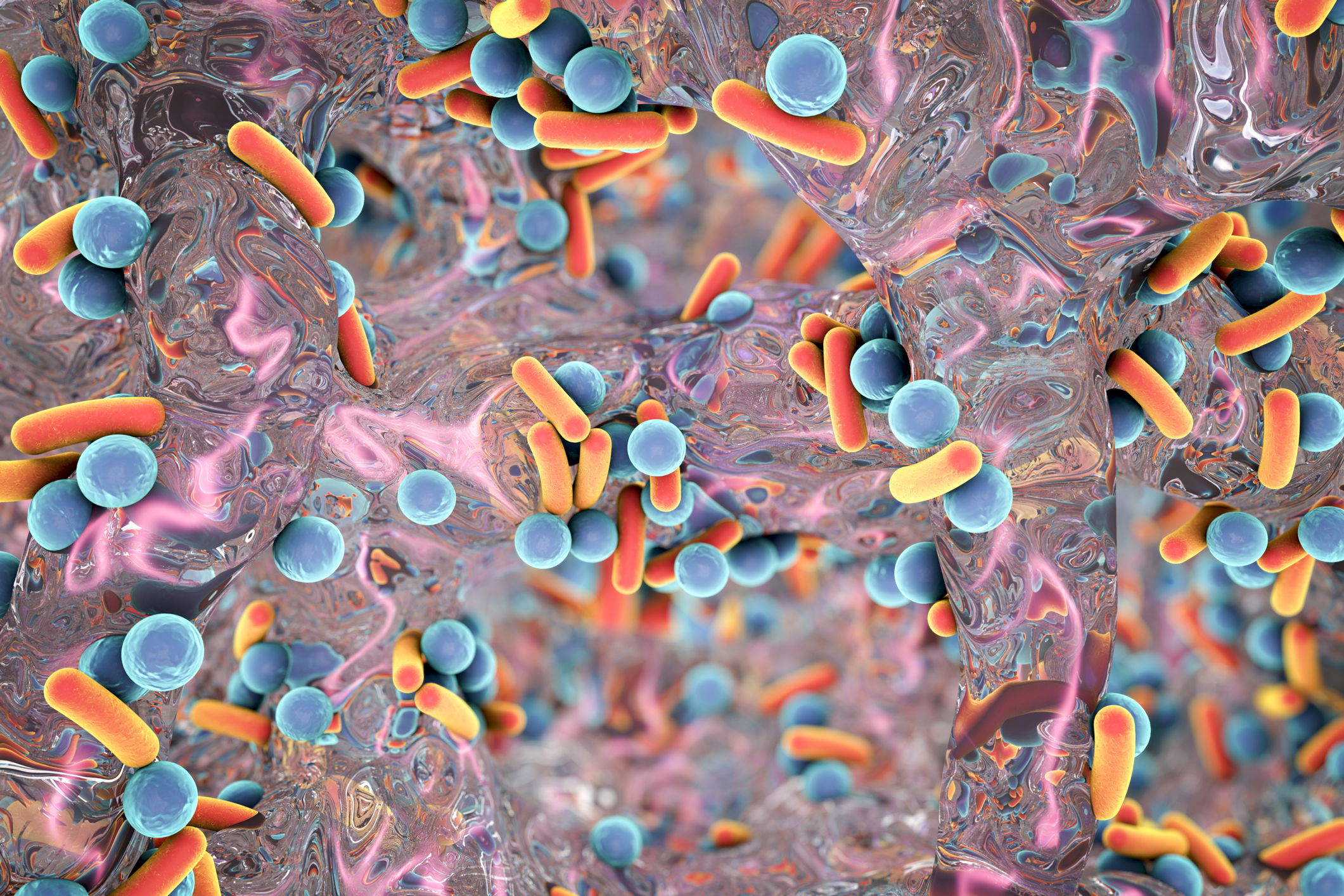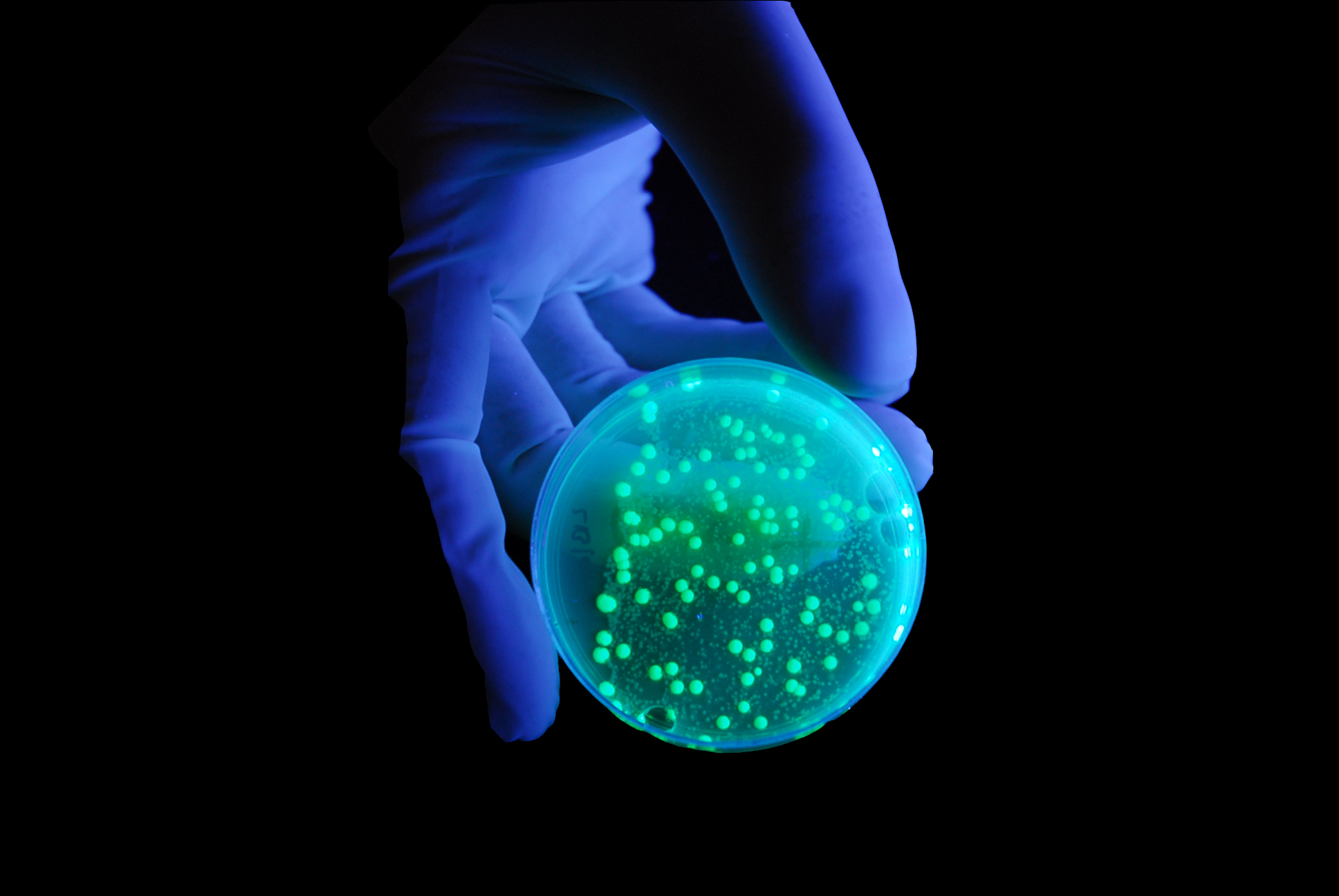The Little Things
6 Ene 2020

In the lab, where the precision and accuracy are essential, we have pioneered technology to control the invisible microbial life.
The Impact of Unwanted Microbial Life in the Lab
Microorganisms are amazing. Not just surviving but thriving in every biosphere on the planet, from the inside of your lab coat pocket to the depths of the ocean, these organisms are diverse, opportunistic and successful on an unparalleled level. Ever since the 17th century when people like Antonie Van Leeuwenhoek and Robert Hooke started observing these little critters under a microscope, our fascination with this invisible world has continued to grow.
Beyond microbiological investigations, however, our fascination has turned into a concerted effort to minimize microbial presence in the vast majority of circumstances. In and around the lab, where the precision and accuracy of results are jointly susceptible to disruption through microbial contamination of reagents and equipment, we have pioneered technology to control these invisible organisms.
The Formation and Impact of Biofilms
If microorganisms are present in the lab water that you invariably use in almost all of your day-to-day experiments, it can lead to erroneous data generation. We can control levels of free floating (planktonic) bacteria through the use of UV lighting within a water storage unit. However, when planktonic bacteria begin to group up and settle down, they can adhere to surfaces and form biofilms.
These multi-species structures proceed through five stages of development, each one becoming increasingly difficult to remove (see diagram): (1) Initial attachment, (2) Irreversible attachment, (3) Maturation I, (4) Maturation II, and (5) Dispersion.
Biofilms are encased in an extracellular polysaccharide (EPS) matrix which not only provides physical protection and adhesion, but also enhances both the flow of nutrients and the subsequent removal of waste compounds.
Stable biofilms can persist for years, sporadically releasing smaller populations of bacteria into the water leading to prolonged colonization. To make matters worse, dead gram-negative bacteria release lipopolysaccharides known as endotoxins from their outer membrane. These endotoxins can be harmful to humans and can also affect a wide range of applications and experimental techniques such as in vitro fertilization and cell culture.
A Strong Offense is the Best Defense
While biofilms and bacteria are amazing from a scientific perspective, we really don’t want them having an unwanted impact on our experiments or our equipment! Established biofilms represent a real problem as they have high resistances to antibacterial and other chemical agents, as well as UV treatment.

The key to avoiding this situation is to strike early: ensure that you have not just adequate, but excellent water treatment facilities. For example, by employing a combination of recirculating storage tanks and UV light treatment, bacterial build up can be minimized. Flowing water not only reduces the opportunity for microorganisms to settle, but it means that the water will pass through the UV source multiple times prior to being dispensed. Ultrafilters at point-of-use (POU) devices can also be effective, serving as a final physical barrier, not only microorganisms, but also to the endotoxins they produce.
In our experience, the optimal approach is always a varied offense: by making use of a combination of technologies such as UV, filters, reverse osmosis, ion exchange and chemical sanitizers, you can feel confident that your water is safe from contamination… and that might just make the difference between the success and failure of your next experiment.
